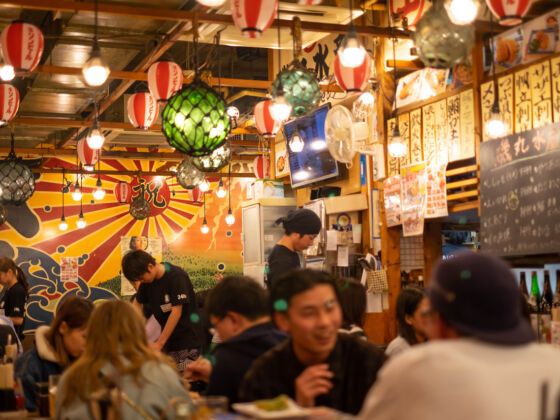When the man seated next to me ordered that I take off my shirt, it wasn’t clear what direction the evening was taking.
I’d dropped into the izakaya for a drink after work, and until that moment things had been subdued in a typical murmuring Japanese way. The place was called Kaze to Matsu, meaning “Wind and Pines,” a title with the characteristic poetry of most Japanese pub (izakaya) names. I’d only mentioned my studies of Japanese cuisine, that I had a mackerel fillet marinating in vinegar in my refrigerator, and now the man’s shirt was coming off, revealing a shoulder hugged by tribal tattoos, something decidedly atypical for Japan.
